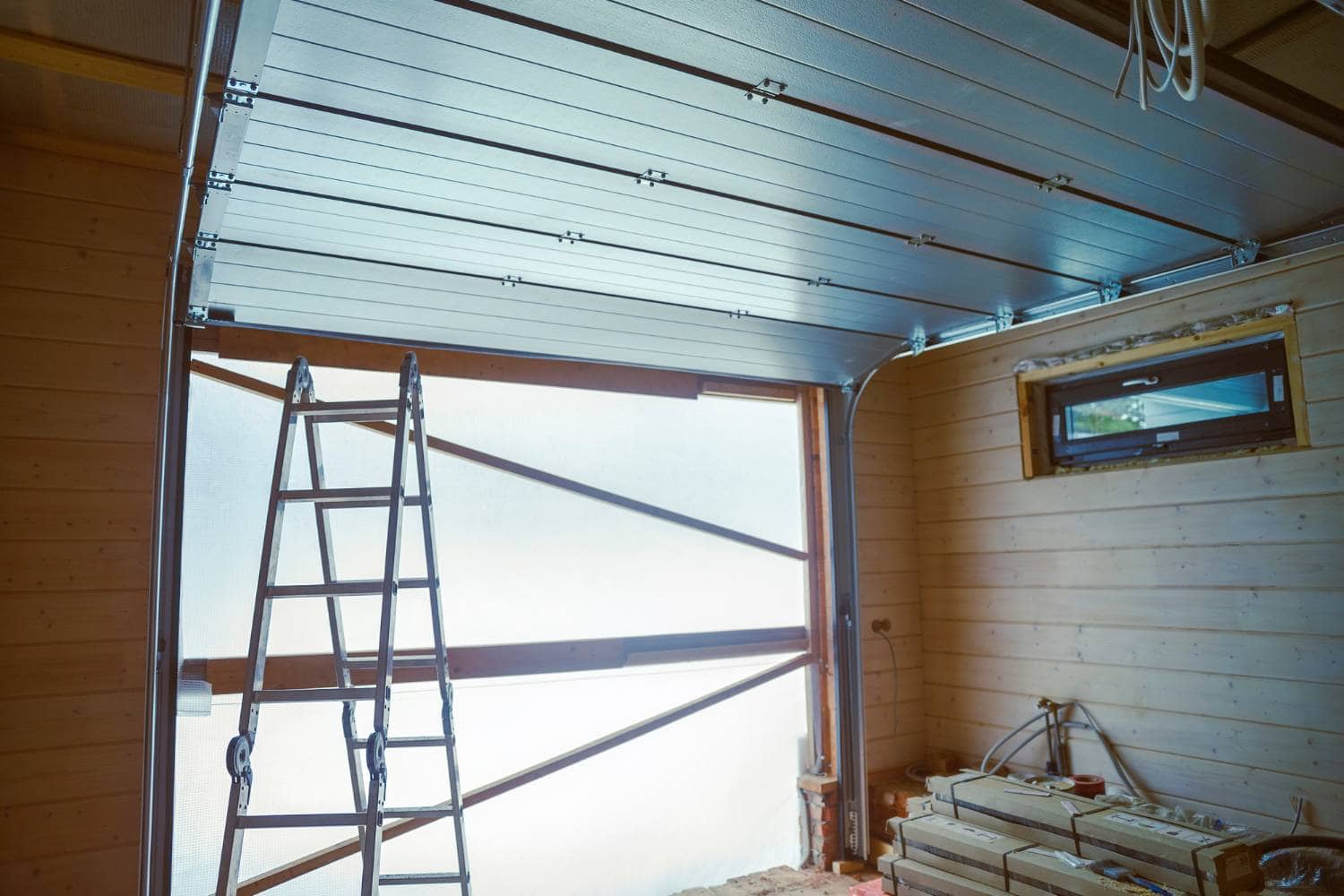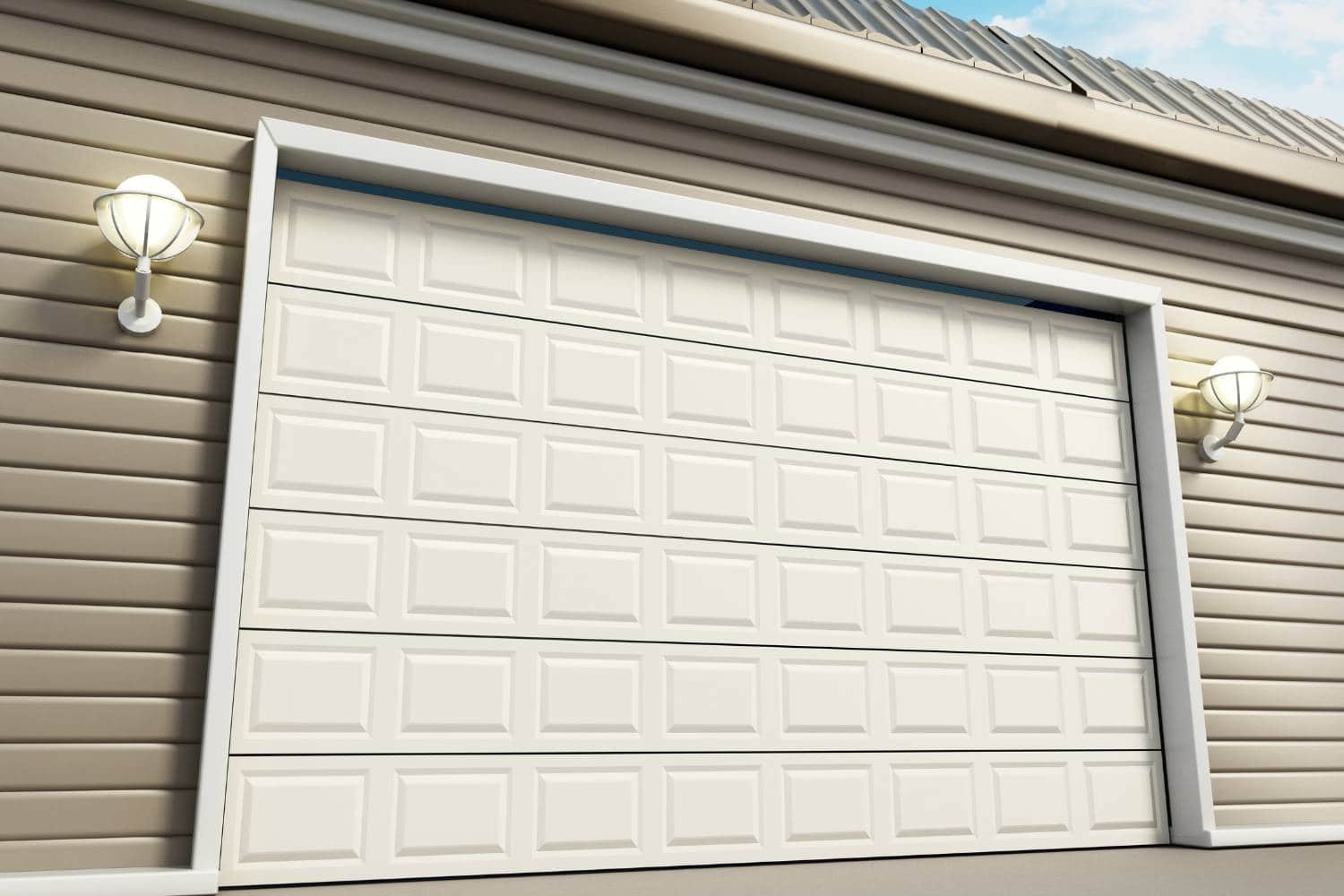Creating a shipping container garage is a smart and innovative way to get more storage space. Shipping containers are strong, easy to move, and cheaper than building a regular garage. This guide gives you creative ideas and practical tips to help you build the perfect garage using shipping containers.
1. Select the Right Shipping Container Size
Picking the right size for your shipping container is the first step.
- Standard Shipping Containers: These usually come in lengths of 20 feet or 40 feet. Think about how much space you’ll need for storing cars, tools, or furniture.
- High-Cube Containers: These are taller, giving you more vertical space and better airflow.
- Multiple Containers: You can use more than one container to make a bigger garage. Stacking them can save space and offer creative design opportunities.
Choosing the Right Container for Your Needs
When selecting a container, consider the following:
- Space Requirements: Determine what you will be storing and how much room each item needs. This will help you decide whether you need a 20-foot, 40-foot, or high-cube container.
- Future Expansion: Think about whether you might need more space in the future. Choosing a container that allows for easy expansion can save time and money later.
- Local Regulations: Check with local authorities regarding regulations on using shipping containers for building structures. Some areas may have restrictions or require permits.
2. Assess the Condition of Your Shipping Container
Check the condition of the shipping containers you plan to use.
- Inspect for Rust and Damage: Make sure the container doesn’t have too much rust or damage. Look for signs of structural issues.
- Check for Water Tightness: The container should be watertight to keep your stuff dry. Look for leaks or holes.
- Examine Doors and Seals: The doors should close well, and the seals should be in good shape to keep out pests and weather.
Ensuring Quality and Longevity
To ensure your container lasts long and stays in good shape:
- Professional Inspection: Consider hiring a professional to inspect the container, especially if you’re not sure what to look for.
- Repairs and Maintenance: Address any minor issues immediately to prevent them from becoming bigger problems. Rust can be treated, and seals can be replaced.
3. Determine Your Garage Style
Think about different styles for your container garage.
- Traditional Garage Design: Looks like a regular garage with a front-facing garage door.
- Carport Style: Has open sides for easy access and good ventilation. Great for mild climates.
- Workshop Integration: Combine storage with a workspace. Add workbenches and tool storage.
- Hybrid Designs: Mix elements from different styles to create a unique and functional space. For example, a traditional garage with a small carport section.
Personalising Your Garage
Consider how you can make the space work best for you:
- Interior Layout: Plan the interior layout to maximise space. Think about where to place shelves, workbenches, and tools.
- Exterior Appearance: Make your garage match the look of your home by painting the exterior or adding siding.
- Landscaping: Enhance the area around your garage with landscaping. This can improve aesthetics and help manage rainwater.
4. Prepare Your Space for Installation
Get the site ready for your new garage.
- Level the Ground: Make sure the ground is flat and stable.
- Concrete Slab Foundation: A concrete slab keeps the container level and prevents shifting. This foundation also helps with drainage and stability.
- Site Accessibility: Ensure there’s enough room to deliver and position the shipping containers. Think about access for delivery trucks and equipment.
Planning the Installation
Proper planning is key to a smooth installation:
- Permits and Approvals: Obtain any necessary permits and approvals from local authorities before starting the project.
- Professional Help: Consider hiring professionals for tasks like laying the foundation, delivering the containers, and setting them up. This can save time and ensure the job is done correctly.
- Utility Connections: Plan for connecting utilities such as electricity, water, and possibly sewage. This is especially important if you plan to use the garage as a workshop.
5. Pay Attention to the Details
Details matter when setting up your garage.
- Ventilation and Insulation: Add vents and insulation to control temperature and moisture. This helps prevent damage to stored items and makes the space more comfortable.
- Flooring Options: Use strong flooring like epoxy coatings or rubber mats. These options are durable and easy to clean.
- Lighting and Electrical: Plan for enough lighting and power outlets for your needs. Good lighting is essential for safety and usability.
Enhancing Functionality
Small details can make a big difference in how functional your garage is:
- Storage Solutions: Use wall-mounted racks and ceiling storage to keep the floor clear and maximise space.
- Workbenches and Tables: Install sturdy workbenches and tables that can withstand heavy use.
- Climate Control: Consider adding heating and cooling options if you plan to spend a lot of time in the garage.
6. Customise Your New Garage with Accessories
Add features and accessories to make your shipping container garage more useful and nice-looking.
- Garage Doors: Install regular or roll-up garage doors for easy access.
- Windows and Skylights: Let in natural light and improve energy efficiency with windows or skylights.
- Shelving and Storage Units: Use built-in shelves to maximise storage space.
- Security Features: Add strong locks, security cameras, and alarms to keep your stuff safe.
- Rainwater Harvesting: Collect rainwater to manage runoff and use it sustainably.
Personalising Your Space
Make your garage truly yours with these customisations:
- Paint and Decor: Choose paint colours and decorations that match your style. This can make the space more inviting.
- Tools and Equipment Storage: Organise your tools and equipment for easy access. Use pegboards, tool chests, and cabinets.
- Entertainment Options: If you plan to spend a lot of time in your garage, consider adding a sound system or a TV.
Conclusion
Building a shipping container garage is a great way to get more storage space that’s strong, flexible, and affordable. By choosing the right container size, checking its condition, picking a garage style, preparing the site, paying attention to details, and adding custom features, you can create a functional and good-looking garage. Whether you need extra storage, a workshop, or a safe place for your car, a shipping container garage is a smart choice.



